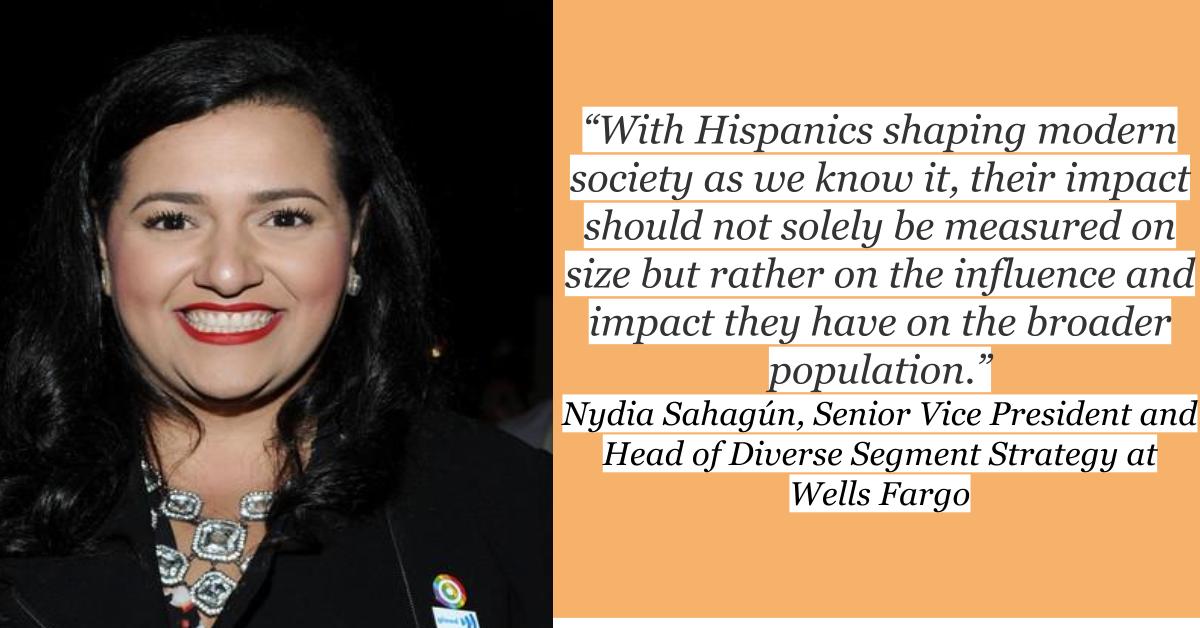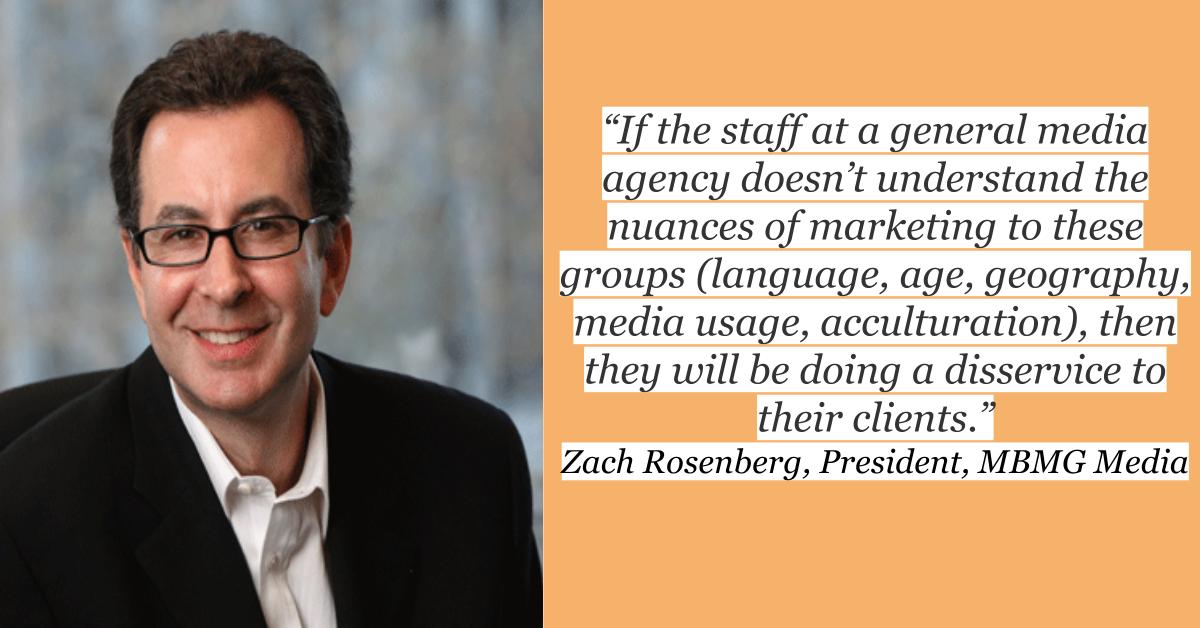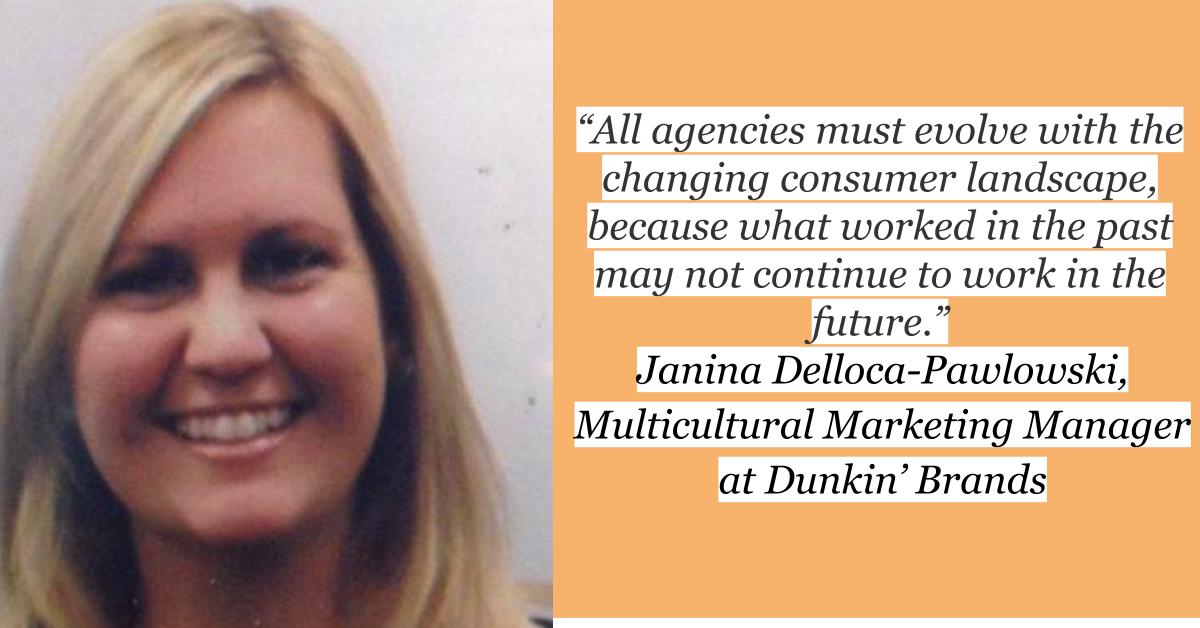[ctahcb]
Just a glimpse at the headlines surrounding today’s biggest brands suffices as proof that diversity is one of their top priorities. Last Friday, Hewlett Packard sent a letter to all its agency partners requesting a proposal from each one on how they would increase the number of women and people of color on their creative staffs. This followed an almost identical request from General Mills earlier in the week.
So how well are multicultural agencies faring in meeting the increased demand for campaigns shaped by diversity and the inclusion of a wider audience? Throughout 2016, media industry rabble-rousers have stirred up discussion about how well multicultural agencies are serving brands in their targeting efforts, and whether they must find new ways to deliver ROI if they are to stay relevant to their clients.
How can multicultural agencies adapt to shifting demographics, and should media, creative and digital be bundled together? How can marketers look at the media landscape holistically without losing sight of the particular idiosyncrasies of Hispanic audiences?
Take a look at what Nydia Sahagún, Senior Vice President and Head of Diverse Segment Strategy at Wells Fargo Bank; Zach Rosenberg, president of MBMG Media; and Janina Delloca-Pawlowski, Multicultural Marketing Manager at Dunkin’ Brands had to say about Hispanic agencies’ roles in the current media climate.
Do Smaller Segments Require Smaller Efforts?
Anyone in the business would be hard pressed to call the Hispanic market “small” today. The Hispanic market is growing faster than any other in America, and given the size and purchasing power of Hispanic consumers, it really cannot be considered a separate segment in this day and age. Wells Fargo  Bank’s Sahagún asserted that “with Hispanics shaping modern society as we know it, their impact should not solely be measured on size but rather on the influence and impact they have on the broader population.”
Bank’s Sahagún asserted that “with Hispanics shaping modern society as we know it, their impact should not solely be measured on size but rather on the influence and impact they have on the broader population.”
But since it is technically still a segment within the general population, misconceptions about the amount of effort, or money, that should go into Hispanic outreach are still giving shape to ineffective Hispanic outreach.
Multicultural agencies need to “drive meaningful conversations and engagement with this audience, which will take prioritization and commensurable investment,” Sahagún said. Dunkin’ Brands’ Delloca-Pawlowski added that even if you do look at Hispanics like a “small segment,” they “often mean larger efforts because the level of engagement needs to be that much more refined and specialized.”
Misconceptions, Arbitrary Budgets Are a Disservice
An agency, whether it is multicultural or full-service, will often be limited by the budget it allots to Hispanic and multicultural targeting. But Zach Rosenberg, president at MBMG Media, which specializes in integrated media campaigns and counts El Pollo Loco, Shakey’s Pizza and The General Insurance among its clients, highlighted that decisions on budgets can have a significant effect on the success of Hispanic outreach efforts, and that brands sometimes define budgets for multicultural arbitrarily, setting an incidental percentage of the general campaign budget aside for targeting instead of reaching a number through analysis and serious consideration. In this case, hasty budget decisions mean that “segments could end up being underserved,” Rosenberg warned.
On the other hand, “full service agencies may be able to allocate larger budgets to all aspects of their multicultural outreach, as they may fit it into their holistic view of the media instead of putting aside a small amount for targeting particular demographics,” he elaborated.
What’s more, some brands are just starting to grasp the opportunity that Hispanics present them. It may take time for brands to not only wrap their heads around the size and potential of this sub-group, so strategies will take time to develop and engage consumer segments as they hope: “It does not happen overnight and results/ROI should be analyzed accordingly,” Delloca-Pawlowski said.
Sahagún echoed that sentiment, stating that “every brand is at a different point in their journey to understand the impact and influence of the Hispanic market.” Sometimes, integrated campaigns are “a step in the right direction.” In the case of Wells Fargo, the goal is always “to represent the diverse point of view early and often.” But not all brands are that far ahead.
Full-Service Agencies Struggle to Adapt to Current Landscape
Rosenberg cited the rise of digital as another added complex element in an industry that has been highly “debundled,” with creative, digital and media often handled by separate shops. “There are digital shops that manage both creative and media under one roof,” he said, but others believe that the digital ecosystem requires the undivided attention of specialized agencies. Rosenberg argued that “digital is just one other, albeit, complex and ever changing channel, and should be viewed in the context of all media channels which can only be done at a general media agency.”
“Media is media,” Rosenberg asserts. So when it comes to general media versus specialized or multicultural agencies, there is an  argument for putting everything under one roof, especially because bigger agencies tend to have bigger budgets and consequently, more negotiating power. But that doesn’t mean that multicultural agencies aren’t necessary: “If the staff at a general media agency doesn’t understand the nuances of marketing to these groups (language, age, geography, media usage, acculturation), then they will be doing a disservice” to their clients, Rosenberg clarifies.
argument for putting everything under one roof, especially because bigger agencies tend to have bigger budgets and consequently, more negotiating power. But that doesn’t mean that multicultural agencies aren’t necessary: “If the staff at a general media agency doesn’t understand the nuances of marketing to these groups (language, age, geography, media usage, acculturation), then they will be doing a disservice” to their clients, Rosenberg clarifies.
Rosenberg summarizes the dilemma: “The challenge with housing multicultural media with creative under one roof is their ability to achieve the necessary clout in the marketplace to negotiate the best media deals. In a world of specialization, the adage is that it is hard to do two things well. There are very few full service agencies, general or multicultural, relative to the current agency landscape.”
Ensuring Authenticity While Adopting to Changing Consumer Landscapes
Hispanic consumers have taken on a new identity as the country’s demographics have shifted. This, coupled with the rapid adoption of technological tools and platforms designed to inform marketing decisions means that everyone is fighting to keep up.
Delloca-Pawlowski believes that all agencies, not just multicultural, are facing a similar challenge: “All agencies must evolve with the changing consumer landscape, because what worked in the past may not continue to work in the future.” In general, she said, “as consumers’ product preferences and media consumption habits evolve, agencies need to embrace these changes and adjust their plans accordingly.”
 She also underlined the importance of ensuring “cultural and language authenticity” instead of simply “translating general market creative.” “At the end of the day,” she said, “every agency must demonstrate their value to the client through overall thought leadership, consumer insights on their respective segments, new communication opportunities and pitching better ways to engage with consumers, as well as reporting competitive activity.”
She also underlined the importance of ensuring “cultural and language authenticity” instead of simply “translating general market creative.” “At the end of the day,” she said, “every agency must demonstrate their value to the client through overall thought leadership, consumer insights on their respective segments, new communication opportunities and pitching better ways to engage with consumers, as well as reporting competitive activity.”
Brand and Agency Collaboration Key to Success
Ultimately, brands and agencies have a shared responsibility to bring out the best in each other while generating impressive ROI. Delloca-Pawlowski highlighted that it is the “client’s responsibility to foster this kind of teamwork and collaboration among its agencies” to ensure that the “best work will surface and the entire team will shine as a result.”
In that respect, Rosenberg argued that specialized agencies have a leg-up here, as they “have the advantage of strategic adherence across both creative and media,” and that “the burden has fallen on media agencies to ensure collaboration between client and all of their agency partners. This is just as important with multicultural shops, and the future multicultural agency could be one where they drive strategy for creative and media but outsource activation,” Rosenberg estimated.
Perhaps Sahagún summarized it best: “Agencies that rest on their laurels will become obsolete – regardless of their particular specialty.”
The topic of this article will be explored in-depth at At #Portada16 Sept. 14-15 in NYC, in the session “Are Multicultural Agencies Necessary?”
MODERATOR:
Zachary Rosenberg, President, Milner Butcher Media Group
PANELISTS:
Mebrulin Franciso, Senior Partner, Director of Marketing Analytics at GroupM
Alejandro Solorio, Hispanic Marketing Director, Comcast
Gloria Constanza, Partner, Chief Contact Strategist, D’Exposito & Partners
Alexander Traverzo, Multicultural Marketing Manager & Strategist, Hola
Lucia Ballas-Traynor, EVP of Ad Sales, Hemisphere TV
Description:
Leading practitioners will immerse themselves in the questions below:
• Are Hispanic marketing and media buying justified under the total market approach?
• Agency models for media and content development
• The role of the media agency in the age of programmatic audience buying
REGISTER here at the online promotion price!







